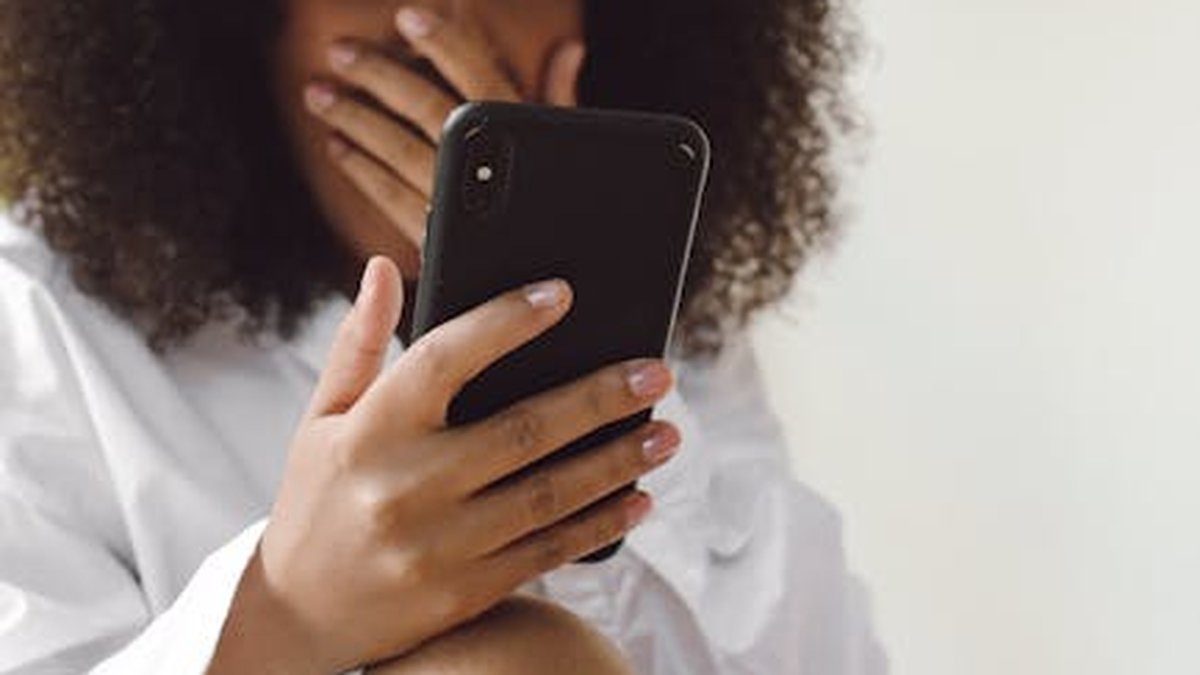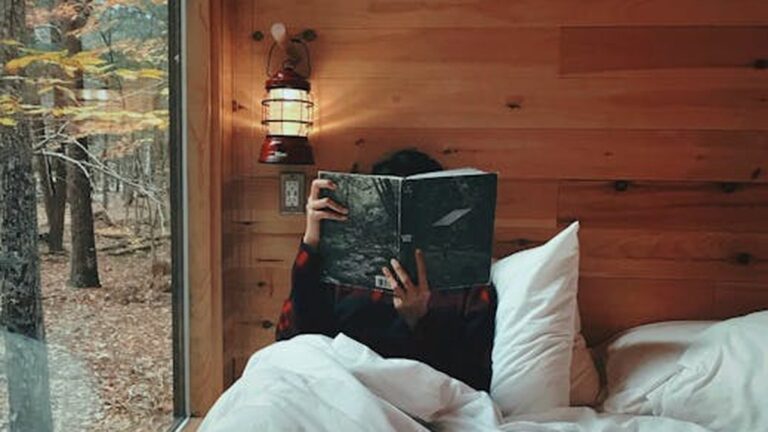Decoding the Latest Sleep Tech: Gadgets for Optimal Recovery and Rest
Introduction: The Quest for Perfect Sleep
We all know that a good night’s sleep is essential for our physical and mental well-being. But in today’s fast-paced world, achieving truly restful sleep can feel like a constant battle. Fortunately, technology is stepping in to help. The market is flooded with innovative sleep tech gadgets designed to track, analyze, and ultimately, improve our sleep quality. But with so many options available, how do you choose the right tools for your needs? This guide will decode the latest sleep tech, helping you understand how these gadgets can contribute to optimal recovery and rest.
Understanding Sleep Cycles and Why They Matter
Before diving into the gadgets themselves, it’s important to understand the basics of sleep. Sleep occurs in cycles, each lasting approximately 90 minutes, and consisting of different stages:
- Stage 1 (NREM 1): A light sleep stage, easily disrupted.
- Stage 2 (NREM 2): Body temperature drops and heart rate slows.
- Stage 3 (NREM 3): Deep sleep, crucial for physical restoration.
- REM Sleep: Brain activity increases, and dreaming occurs. Important for cognitive function and memory consolidation.
Understanding these cycles allows you to appreciate how sleep tech aims to optimize each stage.
Sleep Tech Gadgets: A Comprehensive Overview
The world of sleep tech is vast and varied. Here’s a look at some of the most popular and effective gadgets:
Wearable Sleep Trackers
Wearable sleep trackers, like fitness trackers and smartwatches, are perhaps the most common type of sleep tech. These devices use accelerometers and heart rate sensors to estimate sleep duration, sleep stages, and sleep quality.
- Pros: Convenient, provide a wealth of data, often include other health tracking features.
- Cons: Accuracy can vary, may become disruptive if obsessively monitored.
- Examples: Fitbit, Apple Watch, Garmin Vivosmart.
Tip: Use the data as a starting point for identifying potential sleep problems, and consult a doctor for a professional diagnosis if needed.
Smart Beds and Mattresses
Smart beds take sleep optimization to the next level. These beds often feature adjustable firmness, temperature control, and sensors that track sleep metrics.
- Pros: Personalized comfort, advanced sleep tracking, potential for automated adjustments.
- Cons: High cost, may require a learning curve to fully utilize features.
- Examples: Sleep Number, Eight Sleep Pod.
Tip: Consider your budget and specific sleep needs when evaluating smart beds. Do you need temperature regulation? Adjustable firmness? Focus on the features that will benefit you most.
Sound Machines and White Noise Devices
These devices create a consistent ambient sound that can mask distracting noises and promote relaxation.
- Pros: Affordable, easy to use, effective for blocking out noise pollution.
- Cons: Some users may find the sounds irritating, potential for dependence.
- Examples: LectroFan, Marpac Dohm.
Tip: Experiment with different soundscapes to find what works best for you. White noise, pink noise, and nature sounds are all popular options.
Light Therapy Devices
Light therapy devices, such as sunrise alarm clocks and blue light filters, can help regulate your circadian rhythm and improve sleep quality.
- Pros: Can improve sleep timing and duration, helpful for shift workers and those with seasonal affective disorder (SAD).
- Cons: May not be effective for everyone, requires consistent use.
- Examples: Philips Wake-up Light, blue light blocking glasses.
Tip: Use light therapy devices in conjunction with a consistent sleep schedule for optimal results.
Smart Pillows
Smart pillows can monitor your sleep position, track your sleep stages, and even play soothing sounds to help you fall asleep.
- Pros: Provides personalized sleep data, can help improve sleep posture.
- Cons: Can be expensive, may feel bulky or uncomfortable for some users.
- Examples: Zeeq Smart Pillow, Motion Pillow.
Choosing the Right Sleep Tech for You
With so many options available, choosing the right sleep tech can feel overwhelming. Consider these factors:
- Your budget: Sleep tech ranges in price from affordable sound machines to high-end smart beds.
- Your specific sleep needs: Do you struggle with insomnia, snoring, or restless legs syndrome?
- Your lifestyle: Are you a frequent traveler or a shift worker?
- Your data preferences: How much data do you want to track? Are you comfortable sharing your sleep data with a third party?
Practical Tips for Optimizing Your Sleep
While sleep tech can be helpful, it’s important to remember that it’s just one piece of the puzzle. Here are some practical tips for optimizing your sleep:
- Maintain a consistent sleep schedule: Go to bed and wake up at the same time each day, even on weekends.
- Create a relaxing bedtime routine: Take a warm bath, read a book, or listen to calming music.
- Optimize your sleep environment: Make sure your bedroom is dark, quiet, and cool.
- Avoid caffeine and alcohol before bed: These substances can interfere with sleep.
- Get regular exercise: But avoid exercising too close to bedtime.
Conclusion: Embracing Technology for Better Sleep
Sleep tech offers a promising avenue for improving our sleep quality and overall well-being. By understanding the different types of gadgets available and considering your individual needs, you can leverage technology to achieve optimal recovery and rest. Remember that sleep tech is a tool, not a cure-all. Combine it with healthy sleep habits and consult with a healthcare professional for personalized advice. Sweet dreams!






